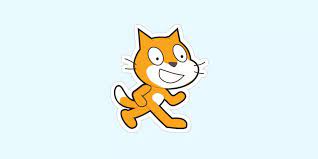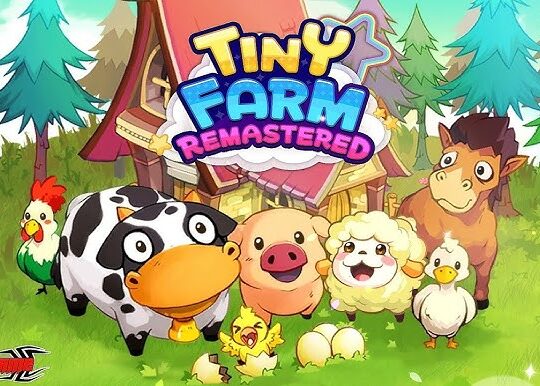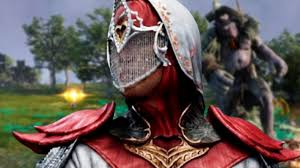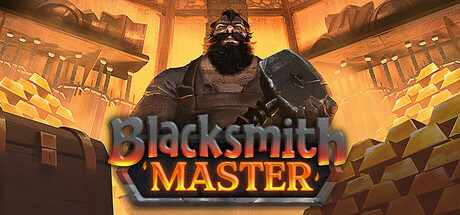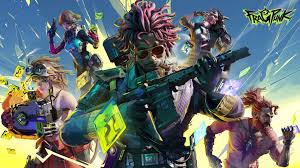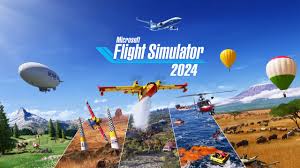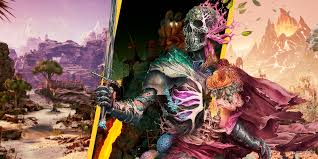Scratch is a free programming language and online community designed primarily for children and beginners to learn the basics of coding through interactive storytelling, game creation, and animation. It allows users to create projects using a block-based visual interface, making it easy for users to develop their own games, animations, and interactive stories without needing to write complex code.
Key Features:
- Drag-and-Drop Interface:
- Users can create code by dragging and stacking color-coded blocks that represent programming commands, making it accessible for all ages.
- Animation and Game Creation:
- Scratch is widely used for making simple 2D games and animations, with the ability to control characters (sprites) and manipulate objects in the environment.
- Interactive Projects:
- Beyond games, Scratch enables users to create interactive stories, quizzes, simulations, and other creative projects.
- Learning by Doing:
- It emphasizes the concept of learning by creating. Users start with a basic understanding of coding concepts such as loops, conditional statements, and variables.
- Online Community:
- Scratch provides an online platform where users can share their creations with others, receive feedback, and collaborate on projects.
- Customizable Sprites and Sounds:
- Users can import or design their own sprites, backgrounds, and sounds, adding a personal touch to their creations.
- Educational Tool:
- Scratch is widely used in schools and coding camps to teach kids the basics of programming logic and computational thinking in a fun and creative way.
Ideal For:
- Beginners: Scratch is designed for those with no prior experience in coding, making it ideal for young learners and beginners.
- Educational Purposes: Many schools and after-school programs use Scratch as a starting point to introduce students to programming.
- Creative Exploration: It’s a great platform for anyone interested in animation, storytelling, and creating interactive media.
By simplifying the coding process, Scratch encourages creativity, problem-solving, and logical thinking, helping users develop valuable skills that can be used in more advanced programming later on.


